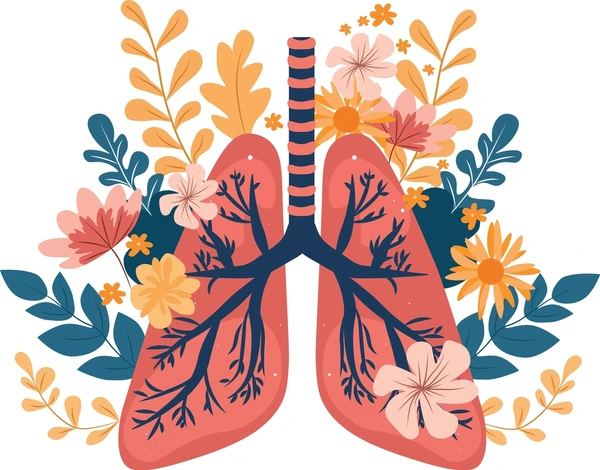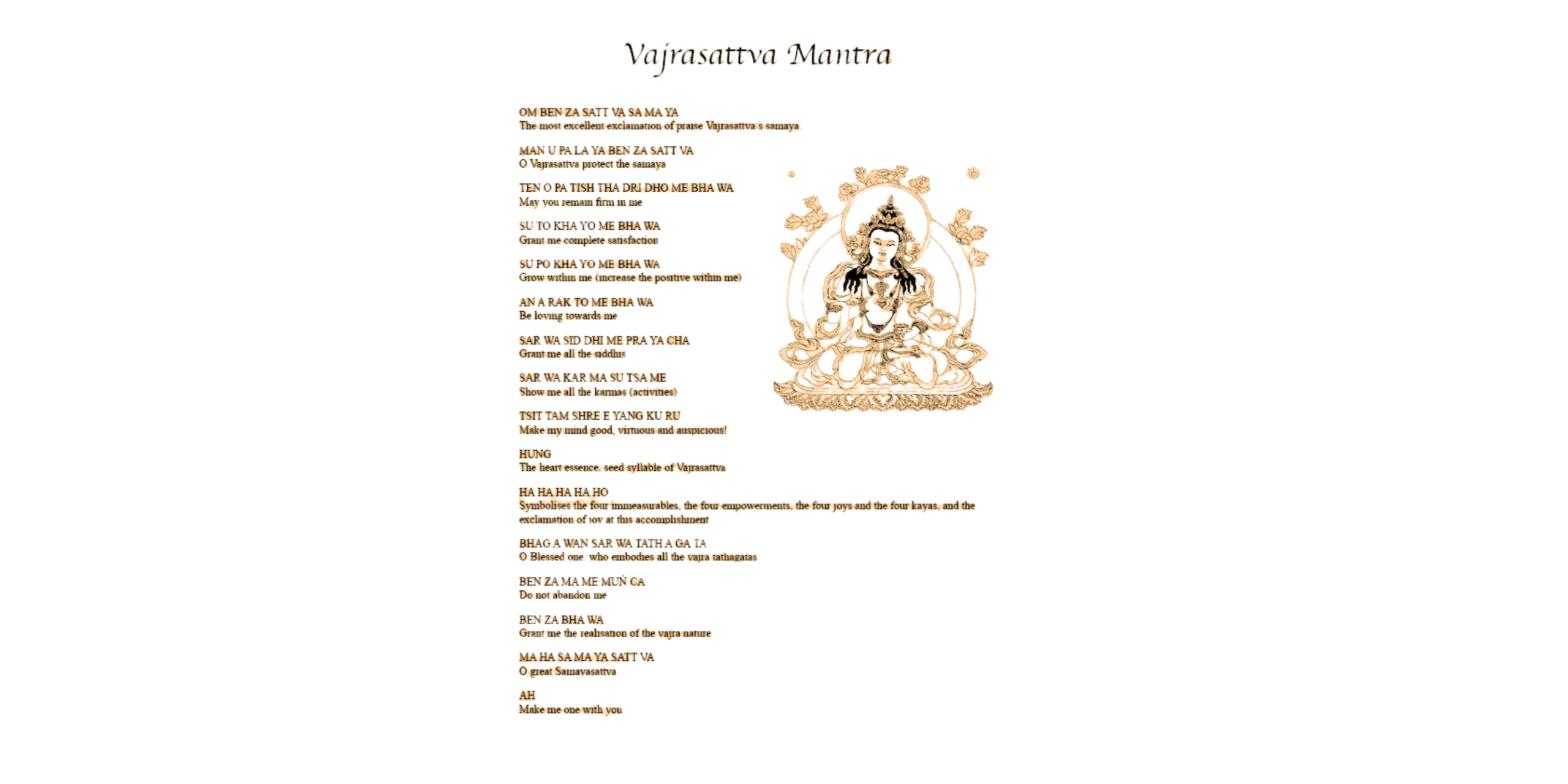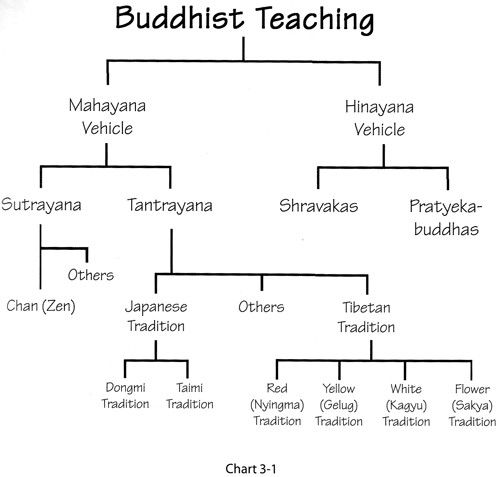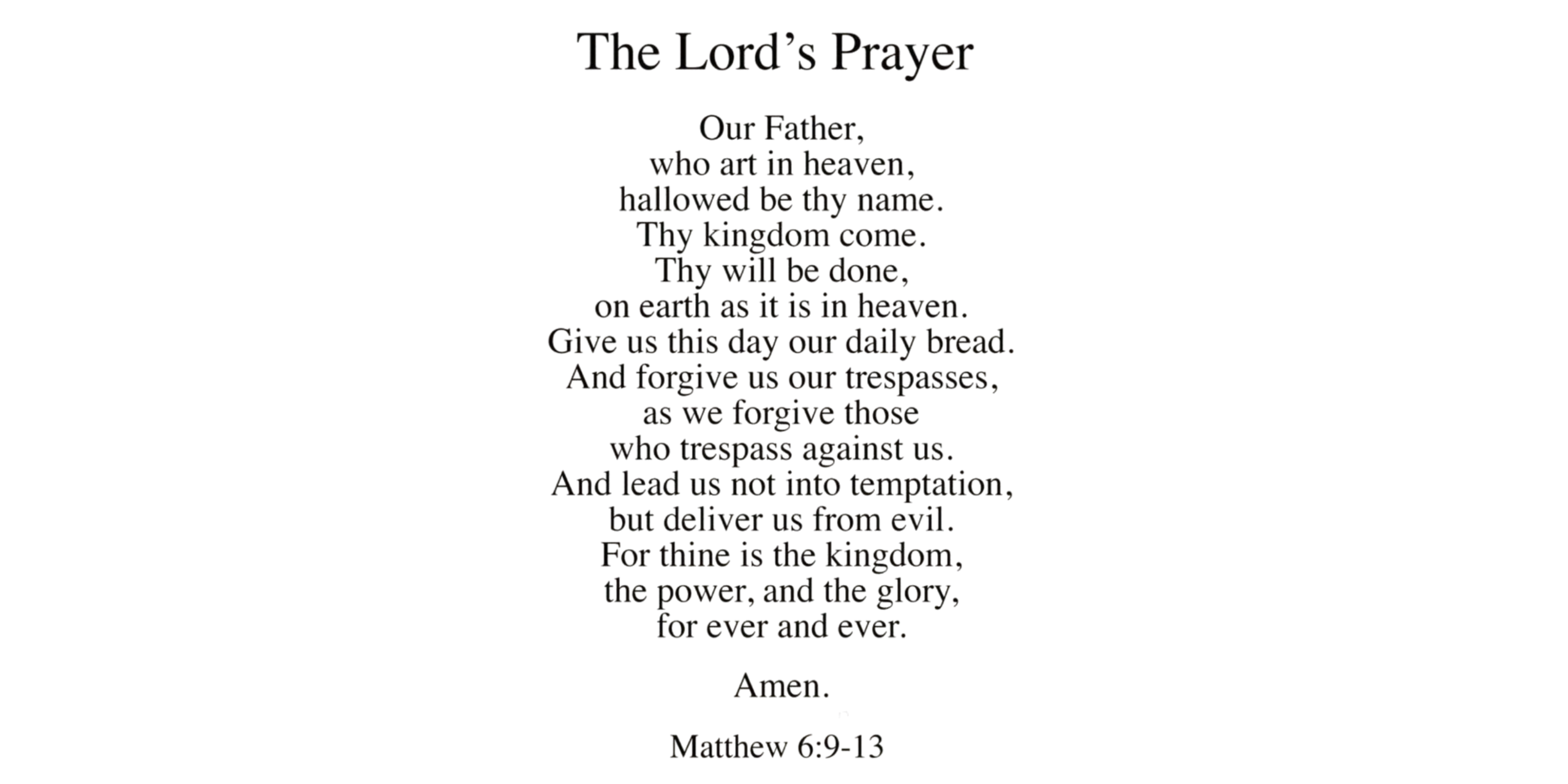Most of us go through the day without giving much thought to our breathing. It happens naturally, quietly, in the background. Yet, the simple act of breathing holds a remarkable power. Breathwork, a conscious way of working with the breath, has been used for centuries as a tool for healing, relaxation, and deeper self-awareness.
In this post, we’ll explore what breathwork really is, the different types you can try, and how it can support your physical, mental, and emotional well-being.
What is Breathwork?
Breathwork is the practice of intentionally controlling or guiding the breath to influence the body, mind, and spirit. Unlike the automatic breathing we do all day, breathwork involves becoming aware of the rhythm, depth, and pattern of your breath.
When done mindfully, breathing can shift how you feel in the moment. It can calm stress, energise you, clear mental fog, and even bring up emotions that are stored deep within. Many traditions, from yoga’s pranayama to indigenous healing practices, have used breath as a doorway to balance and transformation.
Why Breath Matters
Think about it: the breath is the bridge between the conscious and the unconscious. You don’t need to think to breathe, but you can choose to alter it anytime. This makes it a powerful tool.
Here are some ways breath influences us:
- Physical health: Deep, rhythmic breathing increases oxygen supply, improves circulation, and supports the nervous system.
- Mental clarity: By slowing down the breath, you also slow down racing thoughts and create mental space.
- Emotional release: Many people find that guided breathwork helps unlock emotions that have been suppressed or overlooked.
- Spiritual connection: Some forms of breathwork are used as a gateway to meditation, altered states of awareness, or spiritual insight.
Different Types of Breathwork
There isn’t just one way to practise breathwork. Various traditions have developed their own styles, each offering something unique.
- Box Breathing: Inhale for four counts, hold for four, exhale for four, and hold again for four. This technique is often used by athletes and professionals to steady the mind and body.
- Alternate Nostril Breathing (Nadi Shodhana): A yogic practice where you breathe in through one nostril and out through the other, balancing energy and calming the nervous system.
- Conscious Connected Breathing: A circular breathing style where inhalation and exhalation flow without pause, often leading to deep emotional release.
- Holotropic Breathwork: Developed by Stanislav Grof, this intense technique uses accelerated breathing to access altered states of consciousness and self-discovery.
- Simple Deep Breathing: Slowing down and filling your lungs fully with each inhale, then releasing completely. Even this simple act can shift your mood.
The Science Behind Breathwork
Modern research backs up what ancient traditions already knew. Studies show that breathwork activates the parasympathetic nervous system, which helps the body relax, lowering heart rate and blood pressure. Controlled breathing can reduce stress hormones like cortisol and even improve sleep quality.
Some psychologists use breathwork as part of therapy because of its ability to bring unconscious emotions to the surface. Neuroscientists also point out that breath has a direct connection to brain activity, which explains why breathing deeply can instantly change how we feel.
Practical Benefits of Breathwork
You don’t need hours of practice to feel the effects. Even a few minutes can make a difference. Here are some of the benefits people often notice:
- Reduced stress and anxiety
- Better focus and concentration
- Improved sleep quality
- Emotional release and healing
- Increased energy levels
- Greater self-awareness
How to Start Breathwork
If you’re new, start simple. Breathwork doesn’t have to be complicated or overwhelming.
- Find a quiet space where you won’t be disturbed.
- Sit or lie down in a comfortable position.
- Begin with awareness: simply notice your breath without changing it.
- Try a basic exercise, like inhaling deeply through the nose for 4 counts and exhaling slowly through the mouth for 6 counts.
- Stay consistent: even 5–10 minutes a day can create noticeable changes over time.
If you’re curious about more advanced practices like Holotropic or Connected Breathing, it’s best to work with a trained facilitator. These methods can be powerful and are safer when guided.
A Gentle Word of Caution
While breathwork is generally safe, it may not be suitable for everyone. People with certain medical conditions such as heart problems, asthma, or high blood pressure should consult a healthcare professional before trying intensive techniques. The same applies if you’re pregnant.
Listening to your body is important. If at any point you feel dizzy, uncomfortable, or overwhelmed, it’s okay to pause and return to normal breathing.
Breathwork as a Daily Companion
What makes breathwork special is its accessibility. You don’t need special equipment, long hours, or a dedicated space. Your breath is always with you. Whether you’re dealing with workplace stress, feeling overwhelmed at home, or simply needing a moment of clarity, a few conscious breaths can be the reset you need.
It’s not about perfection or following strict rules. It’s about building a relationship with your own breath, learning how it can support you in different moments of life.
Reflective Prompts
Here are a few gentle prompts you can try after practising breathwork for a few minutes:
- How does my body feel right now compared to before I began?
- What emotions surfaced as I focused on my breath?
- Did my mind feel clearer, calmer, or more focused after breathing consciously?
- How can I bring a moment of mindful breathing into my daily routine?
Writing down your reflections in a journal can help you notice patterns over time and deepen your connection with the practice.
Closing Thoughts
Breathwork is more than a practice. It’s an invitation to reconnect with something we often overlook – the simple act of breathing. When approached with awareness, the breath can be a source of healing, balance, and inner peace.
So the next time you find yourself stressed or scattered, take a pause. Place a hand on your chest, take a slow breath in, and exhale fully. That simple act could be the beginning of a deeper journey inward.
Try It for Yourself
If you’d like to explore breathwork further, set aside just five minutes today to focus on your breath. Notice how it feels, what shifts inside you, and allow yourself to be present in the moment.
At Masi Wellness, we believe every breath is a step towards balance and healing. Stay connected with us for more practices, guidance, and reflections to support your journey.







